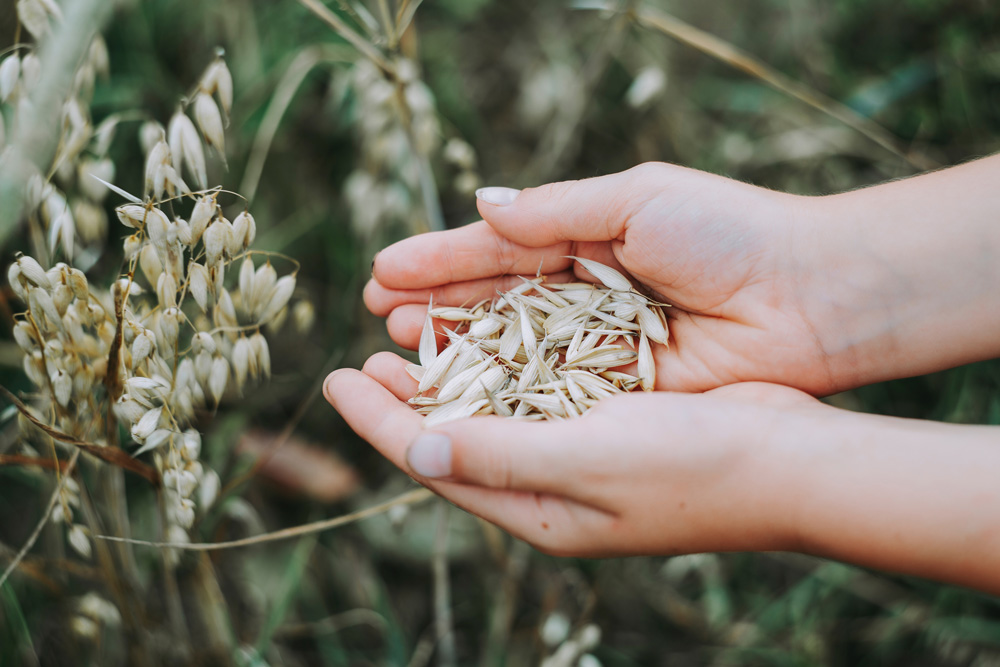Food isn’t just another product we consume; It is an integral part of our life. It is a meeting place for nature and culture. Food is about the wellbeing of the people who produce it and about the environmental impact of these activities. It’s also about access to healthy food and the framing of trade agreements and food policies. It is equally about health and gender equality too.
All these elements come together in our food system – a web of interconnections, which ties together the rich and the poor, the powerful and the vulnerable and our food production and consumption too.
As it stands now, our food system is, in many ways, broken. Instead of providing nutritious food, decent livelihoods and support the life of nature, it is often doing just the opposite – we now see increasing hunger and malnutrition and staggering environmental degradation all over the world. Agroecology, a toolbox of sustainable farming techniques that respect and support bio and cultural diversity and the farmers growing our food, offers remedies to food system’ failures.
“Agroecology is the most comprehensive approach to sustainable food and agriculture. It equally addresses environmental, social, economic and governance dimensions of sustainability and enables us to produce healthy food to feed the growing population,” says Clayton Campagnolla, FAO Strategic Programme Leader for sustainable agriculture.
What is agroecology about?
Agroecology is not a new method per se, but it has gained increasing attention and support over the recent years. And this year’s HLPE report produced for the Committee on World Food Security (CFS) hosted by FAO delves into the nitty-gritty of agroecology and outlies the ways to integrate this approach into the existing agricultural practices and institutional structures.
Agroecology is not a standardized ruleset but more of a spectrum of actions with goals to reduce chemical inputs, opt for ecological farming processes, integrated land use and local crop varieties and strive for a rights-based approach in agricultural policies and their implementation.
So, it won’t come as a surprise that agroecology has generated zealous debate. Some actors have been discussing the efficiency of producing food in this manner and whether it works for large scale production as well as for smaller farms. Another topical point is the strong relationship between agroecology and social movements. Some researchers, for example, are apprehensive of the way proponents use concepts like food sovereignty and other politically charged stances.
“Considering that highest political commitment and immediate action at scale are required to achieve the 2030 Agenda, all stakeholders ranging from agricultural producers, civil-society organizations, researchers and governments as well as consumers need to work together and take actions,” comments Campagnolla.
What are the limitations?
The HLPE report does not stand on a soapbox. Instead, it gathers a wide range of potential solutions, from agroecology to sustainable intensification to climate-smart agriculture.
The authors recognize that certain barriers to ensure food and nutrition security for all remain, regardless of method. These include the lack of access and right to land, limited investments in local markets and value chains, and the failure to reflect environmental costs of conventional intensive monoculture production in food prices. At the same time, a lot of research and development mainly focuses on a few staple crops, mostly cereals, neglecting other nutritious foods, like pulses, fruits and vegetables.
The report acknowledges the complexity and draws attention to the importance of the context. It is not possible to develop a silver bullet solution that will fit everyone. Rather, it is crucial to find a strategy that is tailored to local conditions. For this to become possible, data and transdisciplinary research and action are critical. Stakeholder engagement at different levels is essential not only for co-creation of knowledge but also to ensure the kind of inclusivity that brings up and amplifies the voice of the marginalized and disempowered.
Recommendations
Every sector has a role in the food system transformation narrative, but governments will have to drive the efforts to transform our food system. Clayton Campagnola highlights: ” To support the transition towards sustainable food systems governments would need to review and better integrate their policies and legal frameworks and in particular redirect subsidies and incentives that presently benefit unsustainable practices. Planning at a territorial level in an inclusive manner with a long-term view fostering synergies and balancing trade-offs of interventions and goals would be another strategy.”
Recommendations for other stakeholders include:
- International organizations can help develop ways to collect, measure data and share data
- The private sector can explore certification schemes and help with technology transfer
- Civil society organizations can help organize and support local communities with training programs, seed exchanges, and other practicalities.
Agroecology has come a long way to reach the discussion at the UN level. And this report is an important step for the global community to finally start tackling the food system in all its complexity.
